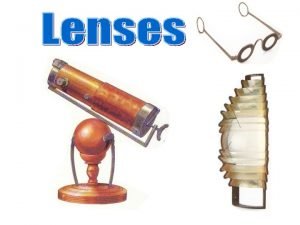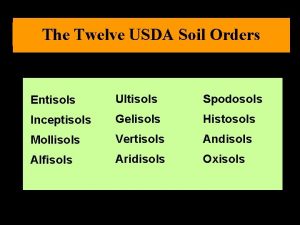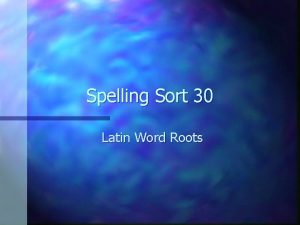Ultisols Derived from the Latin word ultimus literally








- Slides: 8

Ultisols

● Derived from the Latin word ‘ultimus’ literally meaning last. ● Found in parts of the world that have tropical climates with high humidity, stable landscapes, and no new soil building events. ○ I. e. (recent glaciation, volcanic activity) ● Occupy 8. 1 % of global ice free land support 18% of the population ● Makes up 9. 2% of land in the U. S. ● Typically has a strong yellow or red color ● Heavily leached of Ca, Mg, and K ● Poor soils for continuous agriculture unless fertilizers and lime are applied. ● Ultisols have an ochric epipedon and an argillic or kandic horizon




Suborders ● Aquults ○ ● Ustults ○ ● High OM and freely drained. They have a dry season and a wet season. Found in the Pacific Northwest and Puerto Rico. Supports forest and is used for pasture and cropland. Xerults ○ ● Low OM and freely drained. Has a Ustic moisture regime that means limited rainfall but not quite arid. Found in Western Texas and California. Supports forests of savannahs and is used for pastureland. Humults ○ ● Ground water close to surface part of each year and gentle slopes. Typically found along the Atlantic Coast and the Gulf of Mexico. Freely dained. Found in Mediterranean climates in California and Oregon. Typically only supports coniferous forests but is sometimes is used for pasture and cropland Udults ○ Relatively poor OM levels and freely drained. Found all along the Southern and Eastern parts of the U. S. Supports mixed forests but has been largely converted to farmland with the use of fertilizers


Sources 1. 2. 3. https: //www. nrcs. usda. gov/Internet/FSE_DOCUMENTS/nrcs 142 p 2_051241. pdf http: //online. sfsu. edu/jerry/geog 317/resources/Ultisols_l. pdf https: //www. uidaho. edu/cals/soil-orders














